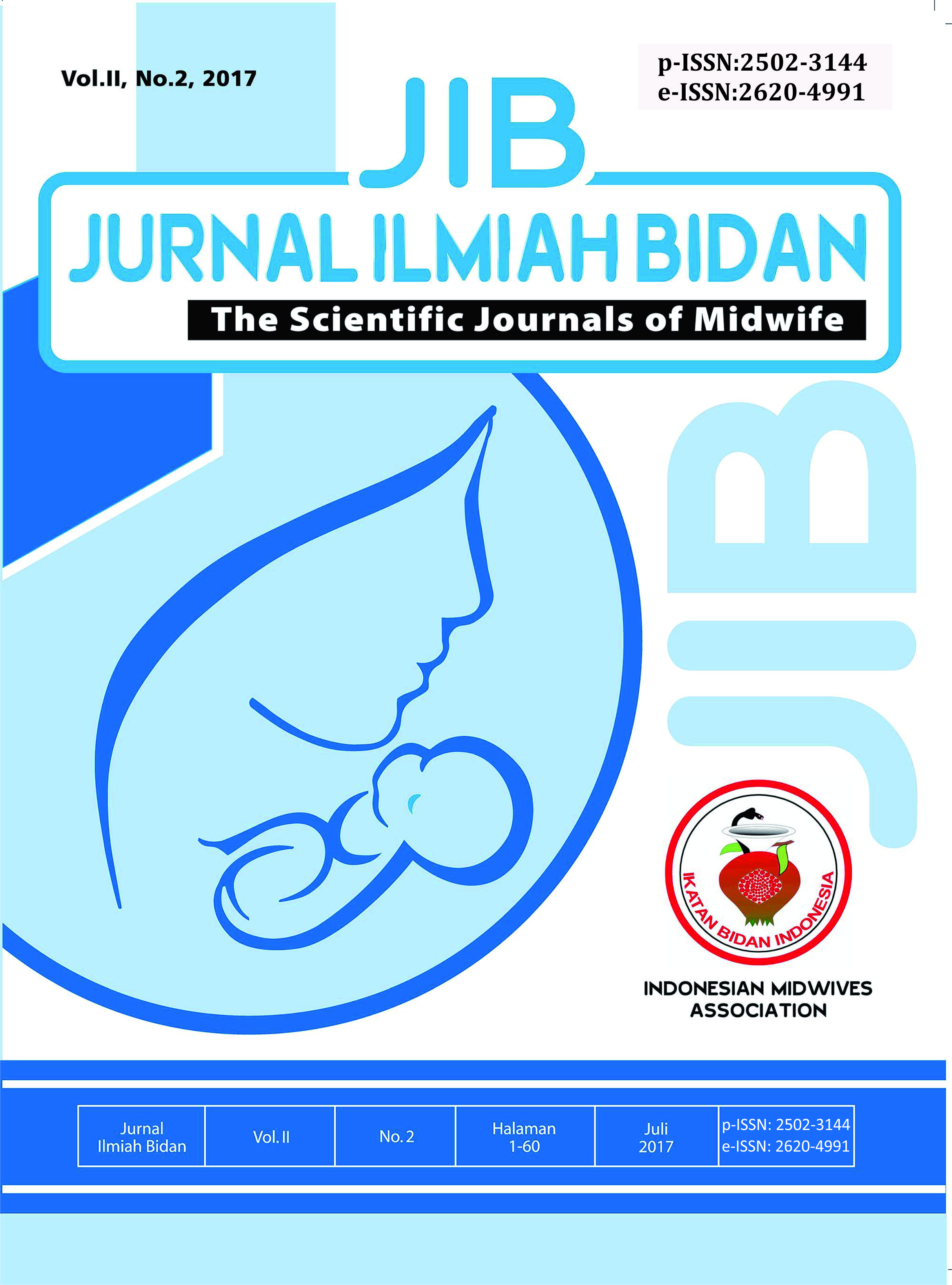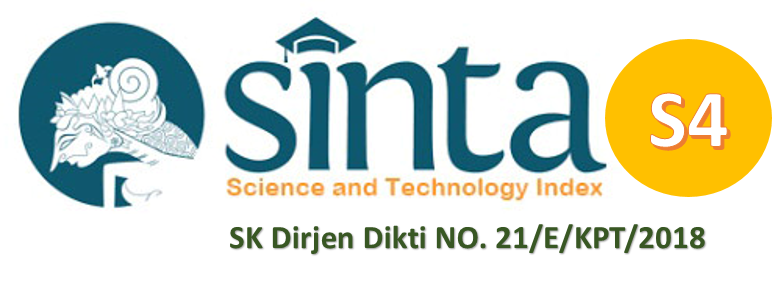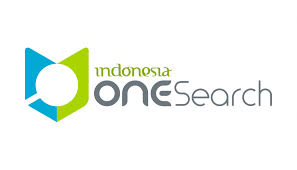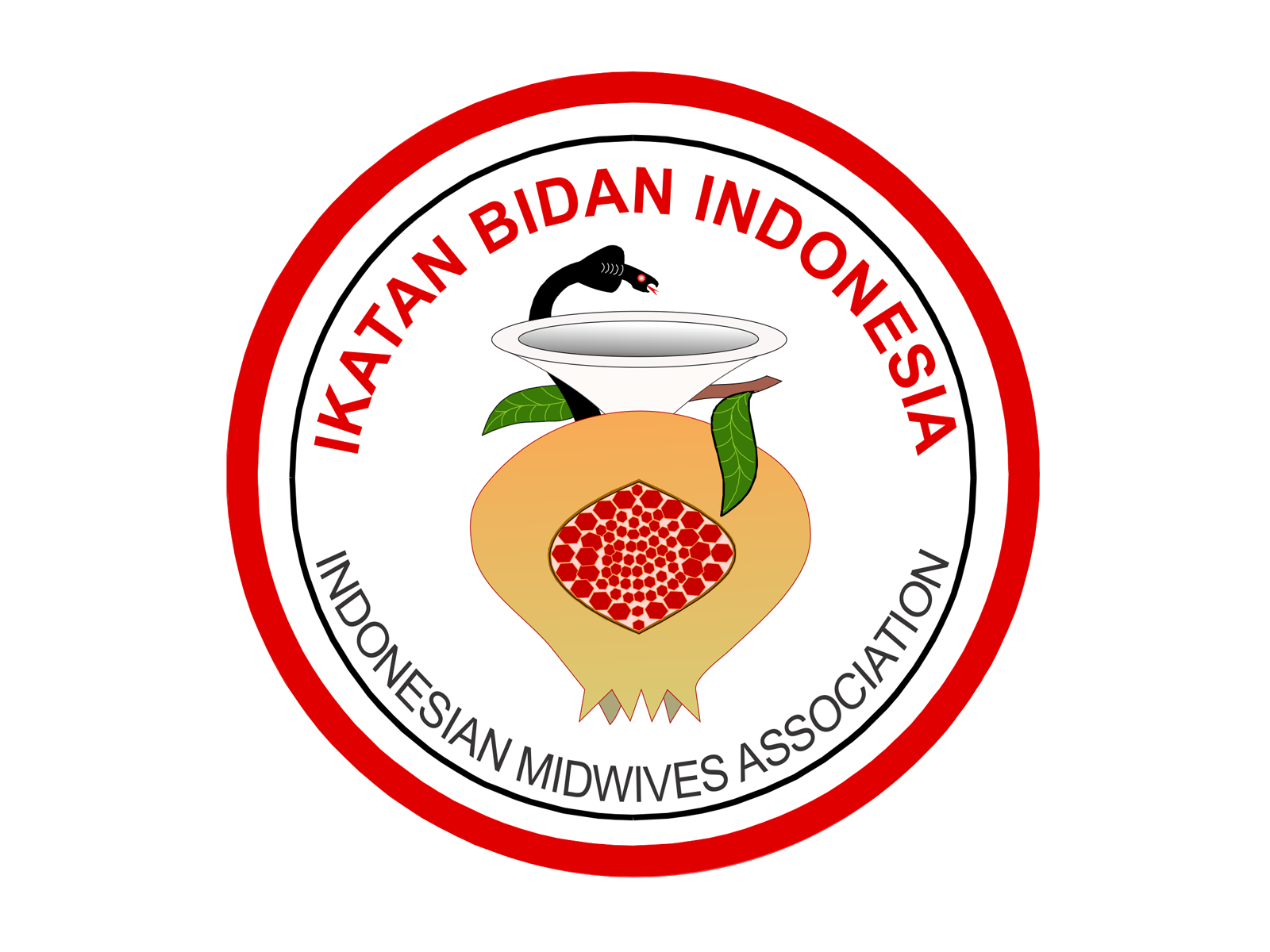PENGARUH FAKTOR IBU DAN POLA MENYUSUI TERHADAP STUNTING BADUTA 6-23 BULAN
STUDI DI KOTA PALU PROPINSI SULAWESI TENGAH
Abstract
Keberhasilan pembangunan Nasional tidak terlepas dari ketersediaan sumber daya manusia yang berkualitas. Kekurangan gizi dapat merusak kualitas sumber daya manusia, salah satunya adalah stunting. Riset Kesehatan Dasar (Riskesdas) Kementerian Kesehatan Republik Indonesia melaporkan prevalensi stunting tahun 2013 adalah 37,2%, terjadi peningkatan dibandingkan tahun 2010 (35,6%) dan 2007 (36,8%). Total stunting di Sulawesi Tengah tahun 2013 sebesar 41% dan di Kota Palu sebesar 21,42%. Faktor risiko Stunting meliputi faktor rumah tangga dan keluarga, makanan pendamping ASI dan praktek pemberian ASI yang tidak memadai, serta infeksi. Penelitian ini bertujuan untuk mengetahui pengaruh faktor ibu dan pola menyusui terhadap stunting pada BADUTA 6-23 bulan di Kota Palu Provinsi Sulawesi Tengah. Penelitian ini dilaksanakan di Kota Palu selama 3 bulan mulai bulan Agustus sampai dengan Nopember 2015. Desain penelitian Kohort Retrospective, jumlah sampel sebanyak 65 Rumah Tangga dengan teknik pengambilan sampel “purposive sampling”. Alat ukur yang digunakan terlebih dahulu dilakukan uji coba untuk standarisasi instrumen. Data dianalisis secara Univariat, Bivariat dan Multivariat. Hasil analisis multivariat (OR ; 95% CI) menunjukkan bahwa faktor yang berpengaruh terhadap stunting dalam penelitian ini adalah tidak melakukan antenatal care dengan OR=4,57 (3,05-6,85), tinggi badan ibu <150 cm dengan OR=3,57 (2,47-5,16), tidak inisiasi menyusu dini dengan OR=3,04 (2,71-3,40) dan Jarak Kelahiran <3 tahun OR=2,81 (1,78-4,42). Kesimpulan bahwa faktor risiko stunting adalah tinggi badan ibu, jarak kelahiran, tidak inisiasi menyusu dini dan tidak melakukan Antenatal Care.
References
2. Kementerian Kesehatan, 2010,
Kepmenkes1995/Menkes/SK/XII/2010 tentang Standar Antropometri Penilaian Statsu Gizi Anak, Jakarta.
3. IFPRI (2014) Global Nutrition Report 2014: Action and Accountability to Accelerate the World’s Progress on Nutrition. International Food Policy Research Instite. Washington DC.
4. Badan Penelitian dan Pengembangan Kesehatan, Riset Kesehatan Dasar tahun 2013 dalam Angka dan Buku, Kementerian Kesehatan. Jakarta.
5. Martorell R, Young MF. 2012. Patterns of stunting and wasting: potential explanatory factors. Advances in Nutrition. 3:227-233.
6. Zottarelli LK, Sunil TS, Rajaram S. 2007. Influence of parenteral and socio economic factors on stunting in children under 5 years in Egypt. La Revue de Santela de la Mediterranee Orientale. 13(6): 1330-1342.
7. Hayati A.W, Hardinsyah, Jalal F, Madanijah, Briawan D, 2013, Faktor-faktor Risiko Stunting, Pola Asupan Pangan, Asupan Energi dan Zat Gizi Anak 0-23 Bulan, Jurnal Forum Pascasarjana 2013, 36(2)
8. Nadiyah, 2013, Faktor Risiko Stunting Pada Anak Usia 0-23 Bulan Di Provinsi Bali, Jawa Barat Dan Nusa Tenggara Timur, Tesis, Sekolah Pascasarjana Institut Pertanian Bogor Bogor.
9. Agedew & Chane, 2015, Prevalence of Stunting among Children Aged 6–23 Months in Kemba Woreda, Southern Ethiopia: A Community Based Cross-Sectional Study Hindawi Publishing Corporation Advances in Public
10. Aguayo, Badgaiyan and Paintal,2015, Determinants of child stunting in the Royal Kingdom of Bhutan: an in-depth analysis of nationally representative data, Maternal & Child Nutrition published by JohnWiley & Sons Ltd Maternal and Child Nutrition (2015), 11, pp. 333–345
11. Kuchenbecker et al, 2015, Exclusive breastfeeding and its effect on growth of Malawian infants: results from a crosssectional study, Paediatrics and International Child Health 2015 VOL. 35 NO. 1
12. Bwalya, Lemba, Mapoma & Mutombo, 2015, Factors Associated with Stunting among Children Aged 6-23 Months in Zambian: Evidence from the 2007 Zambia Demographic and Health Survey, International Journal of Advanced Nutritional and Health Science 2015 , Volume 3, Issue 1, pp. 116-131
13. Dewey K.G. & Begum K. (2011) Long-term consequences of stunting in early life. Maternal & Child Nutrition 7 (Suppl. 3), 5–18.
14. Asfaw, Wondaferash, Taha and Dube, 2015 Prevalence of undernutrition and associatedfactors among children aged between six to fiftynine months in Bule Hora district, South Ethiopia, BMC Public Health (2015) 15:41
15. Black R.E., Allen L.H., Bhutta Z.A., Caulfield L.E., de Onis M., Ezzati M. et al, (2013) Maternal and child undernutrition: global and regional exposures and health consequences. Lancet 371, 243–260.
16. Dewey K.G. & Adu-Afarwuah S. (2007) Systematic review of the efficacy and effectiveness of complementary feeding interventions in developing countries. Maternal & Child Nutrition 4 (Suppl. 1), 24–85.
Please find the rights and licenses in Jurnal Ilmiah Bidan (JIB). By submitting the article/manuscript of the article, the author(s) agree with this policy. No specific document sign-off is required.
1. License
The non-commercial use of the article will be governed by the Creative Commons Attribution license as currently displayed on Creative Commons Attribution-NonCommercial-ShareAlike 4.0 International License.
2. Author(s)' Warranties
The author warrants that the article is original, written by stated author(s), has not been published before, contains no unlawful statements, does not infringe the rights of others, is subject to copyright that is vested exclusively in the author and free of any third party rights, and that any necessary written permissions to quote from other sources have been obtained by the author(s).
3. User/Public Rights
JIB's spirit is to disseminate articles published are as free as possible. Under the Creative Commons license, JIB permits users to copy, distribute, display, and perform the work for non-commercial purposes only. Users will also need to attribute authors and JIB on distributing works in the journal and other media of publications. Unless otherwise stated, the authors are public entities as soon as their articles got published.
4. Rights of Authors
Authors retain all their rights to the published works, such as (but not limited to) the following rights;
- Copyright and other proprietary rights relating to the article, such as patent rights,
- The right to use the substance of the article in own future works, including lectures and books,
- The right to reproduce the article for own purposes,
- The right to self-archive the article (please read out deposit policy),
- The right to enter into separate, additional contractual arrangements for the non-exclusive distribution of the article's published version (e.g., post it to an institutional repository or publish it in a book), with an acknowledgment of its initial publication in this journal (Jurnal Ilmiah Bidan).
5. Co-Authorship
If the article was jointly prepared by more than one author, any authors submitting the manuscript warrants that he/she has been authorized by all co-authors to be agreed on this copyright and license notice (agreement) on their behalf, and agrees to inform his/her co-authors of the terms of this policy. JIB will not be held liable for anything that may arise due to the author(s) internal dispute. JIB will only communicate with the corresponding author.
6. Royalties
Being an open accessed journal and disseminating articles for free under the Creative Commons license term mentioned, author(s) aware that JIB entitles the author(s) to no royalties or other fees.
7. Miscellaneous
JIB will publish the article (or have it published) in the journal if the article’s editorial process is successfully completed. JIB's editors may modify the article to a style of punctuation, spelling, capitalization, referencing and usage that deems appropriate. The author acknowledges that the article may be published so that it will be publicly accessible and such access will be free of charge for the readers as mentioned in point 3.














